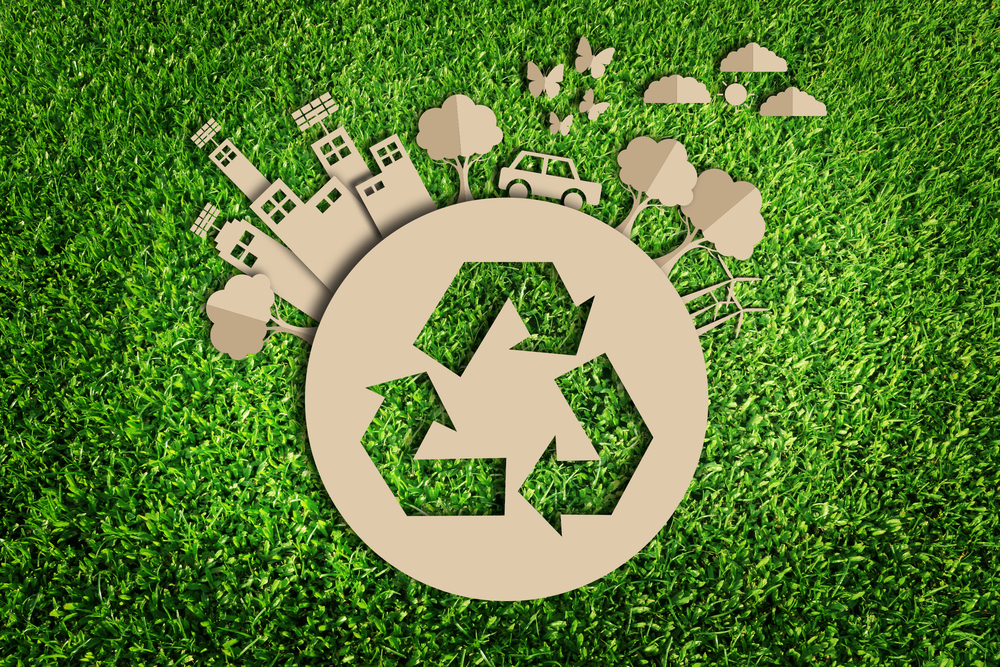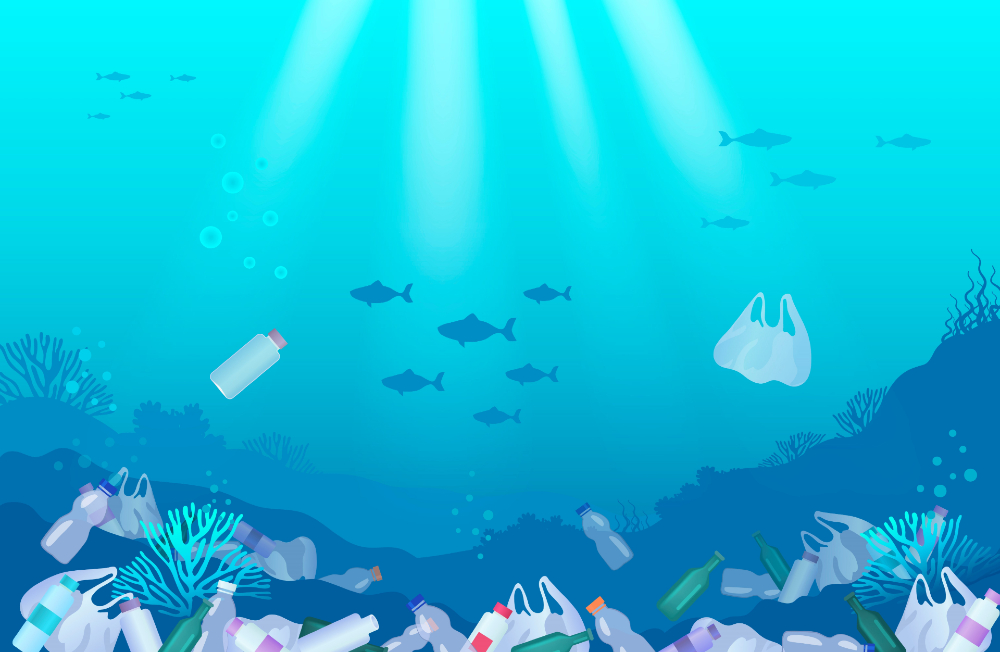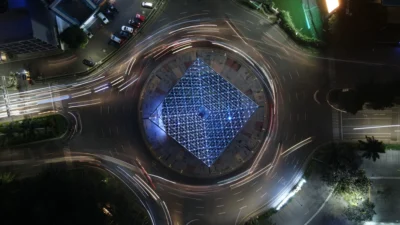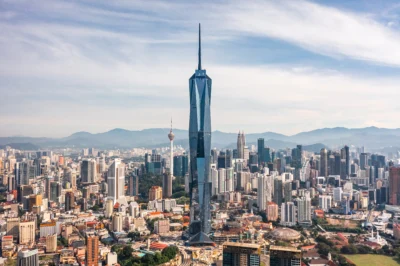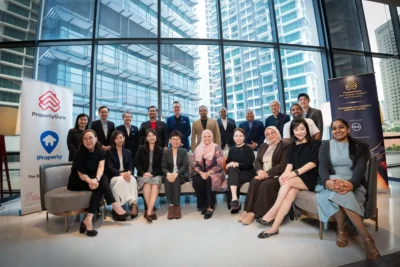Exploring efficient design: the beauty of reusing rather than discarding
Partner at SPARK Architects Wenhui Lim shares the importance of using resources wisely
Decades ago, when we visualised the future of urban cities, we imagined massive skyscrapers, an extensive lineup of entertainment venues, state-of-the-art transportation systems, quality healthcare and more.
Even though we can already picture these in some of the world’s leading cities, like Vienna, Zurich, Tokyo and Melbourne, the drawbacks of traffic, pollution, poor living conditions and dense population are still pretty obvious. Yet, these are the cities that are doing quite well in terms of providing their citizens with a good quality of life.
Now think about the rest of the world, particularly in Asia where five of the eight billion global population resides. As with any other country, the population here are drawn to big cities that promise to provide better opportunities compared to the rural areas — and this promise eventually led to the migration boom.
To cater to their rapidly growing needs, the industry had to build fast and build more without thinking about the people that will inhabit or use these spaces, as well as the consequences to the environment.
According to the United Nations, 60 percent of the global population or around 4.9 billion people will be residing in cities by 2030. The worst part about this figure is that 95 percent of this urban growth will occur in less developed countries.
More: Green-up time for Asia’s polluted cities
With these projections, the prominent figures of the real estate industry must do their part to address the challenges of living in an urban setting, which is why we invited leading architecture and design firms from around the globe at the ‘Exploring Efficient Design’ webinar to discuss how the industry can help make a change for the better – through the development of efficiently designed buildings and infrastructure.
Fortunately, we have been seeing an increase in well-respected experts in the industry who have taken such responsibility. For Wenhui Lim, partner at SPARK Architects, her firm has been focusing on the use of resources, particularly finite ones, when developing projects.
She said that SPARK Architects has been supporting the RetroFirst campaign by Architects Journal where they aim to encourage the process of retrofitting instead of demolishing and rebuilding.
“Rebuilding consumes more energy so renovation, you could argue, is more efficient in terms of the use of resources. We have been working on a number of projects that transform all buildings into a viable economic community,” explained Wenhui.
Minimising outdoor energy consumption
For one of their projects in Singapore, she shared that the client originally requested for an enclosed, air-conditioned street. But since the use of cooling systems can be detrimental to the environment, they came up with a solution that has transformed a failing local development into one of the most successful landmark destinations in the world.
“The SPARK solution was to place a big canopy over the streets, adopting ideas like the Venturi effect, solar shading and physiological cooling to promote outdoor comfort. And of course, this reduces outdoor energy consumption.”
Retrofitting rather than demolishing and rebuilding
The architectural firm has also transformed a typical outdated mall in Singapore into a youth-centric, education, sports and retail campus. As was one of their first RetroFirst projects under construction, they wanted to increase the footfall and value, as well as enhance its appearance to match the new programs and target audience.
“In this case, we moved the leasable area from the back of the building to the front to create a flagship corner. This transforms the building’s image and creates a vibrant and youthful street presence.”
Treating the pandemic of plastic
Sharing a recently published article from The Economist, Wenhui revealed that the COVID-19 outbreak has resulted in a pandemic of plastic. She said that huge quantities of PPE masks, visors, gloves and take away food containers are making their way into the ocean.
A few year backs, she shared that her firm published research on how to recycle ocean plastic. “We use the plastic to form cladding shingles for beach huts, with the idea of animating the coast of Singapore and telling a story about upcycling plastic.”
To encourage disruptors and innovative thinkers, SPARK has been funding projects that provide pertinent solutions for social or environmental issues. “We’re a member of the Architect’s Climate Action Network and we believe in the spirit of the circular economy that is to reuse rather than discard.”
More: Green walls rise with Asia’s skyscrapers
Reusing unused/vacated infrastructure
Another research that they have been focusing on is the reuse of abandoned petrol stations, which has a similar concept to the floating cities. The growing number of electric car users have put several petrol stations out of work. In fact, they forecasted that unused petrol stations will leave around 240,000 square metres of vacant land by 2030.
“Rather than tearing down the building, we have developed a number of short-term transitional uses that supports the circular economy and the local community,” said Wenhui.
Utilising non-traditional building materials
For a revolutionary project in India that will be used to rehome the massive slum population in a series of hybrid towers, SPARK decided to take advantage of their established network of collection and recycling companies to collect Tetra Pak cartons. These packet drink containers, which are extremely difficult to recycle, will be fashioned into apartment pods and then hoisted onto the towers’ hybrid skeleton.
“The structure uses less concrete and steel, both unsustainable materials, partially replacing them with engineered timber.” She also noted that engineered timber is the way of the future, highlighting that France’s President Macron even decreed all state-funded buildings to be made of at least 50 percent timber.
With so many leaders like Wenhui who are passionate about efficient design, we just have to keep on pushing the green agenda further so the industry can work together to build a sustainable urban future.
This is the second of a three-part series based on the Exploring Efficient Design webinar organised by PropertyGuru Asia Real Estate Summit. Around 300 viewers from over 20 countries across the world joined the one-hour web conference held last 25th of June. For further enquiries, email [email protected]. Visit the official website AsiaRealEstateSummit.com and follow our social media for upcoming live webinar announcements.
Recommended
6 reasons Bekasi is rising as Greater Jakarta’s next hotspot
One of Greater Jakarta’s rising stars is prospering, thanks to ample recreation and a contingent of desirable housing projects
6 developments driving Asia’s green real estate shift
Developers are being incentivised to push a green agenda into daring new realms
The Philippines’ LIMA Estate drives sustainable industrial growth
LIMA Estate models a citywide vision that uplifts workers while appealing to climate-conscious employers
Malaysia property market rebounds with foreign interest and growth
The nation’s property market is stirring to life, fuelled by foreign buyers and major infrastructure drives

